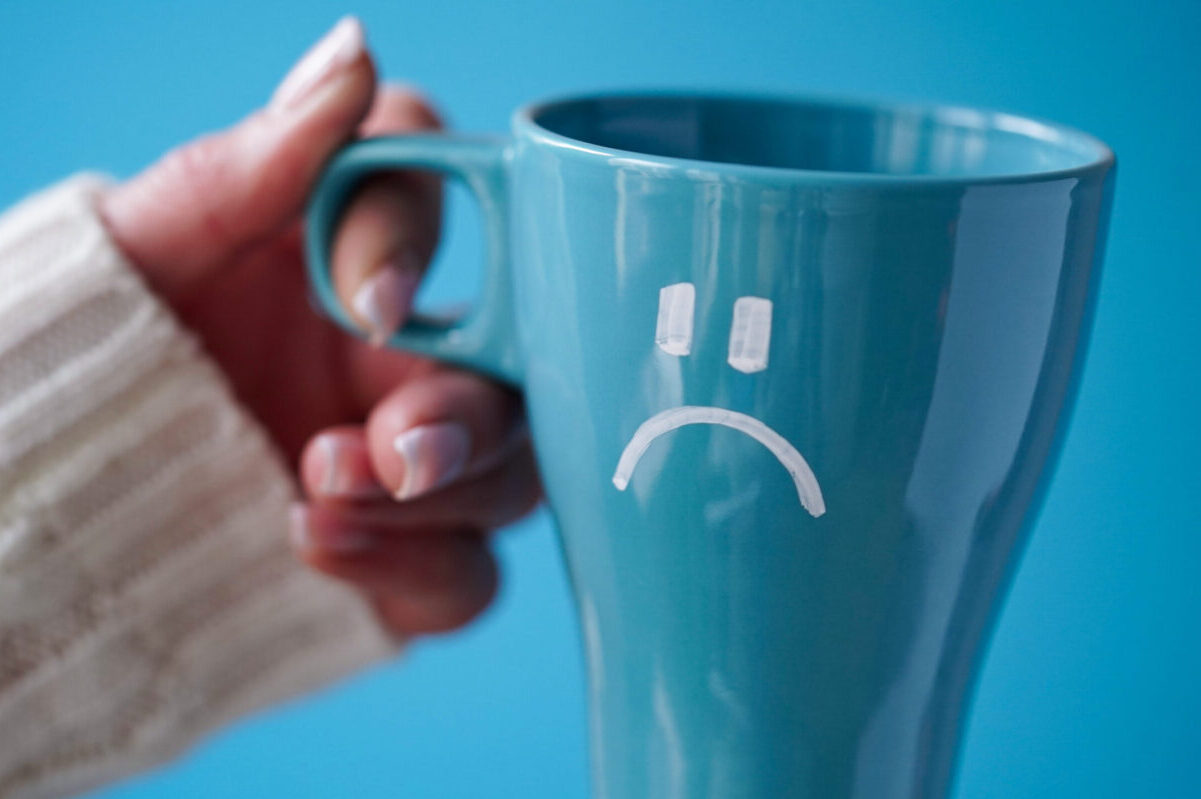The whirl of winter holidays has ended, but many long, dark nights (and days) remain until spring. In February, Tennessee averages less than 150 hours of sunshine, compared to nearly 280 hours in July. Unfortunately, that lack of sunshine can take a toll on our moods.
“The ‘winter blues’ are real, and fairly common,” says Dr. Judith Overton, a psychiatrist and medical director at BlueCross BlueShield of Tennessee. “You may not be really impaired but you’re often not functioning at your best. Fortunately, you can take action to keep the winter blues at bay.”
Steps to help you keep the winter blues at bay
Dr. Overton: You’re cooped up a lot in the wintertime because of the weather. Sometimes that can be cozy, but sometimes it just makes you feel sluggish and unmotivated—and maybe even a little sad. Here are some examples of strategies that can help you overcome that down feeling:
1. Take a walk
Get moving! Exercise is well-known for its mental health benefits, including its ability to enhance your mood. Plus, it can help you maintain a healthy weight and reduce your risk of developing cardiovascular disease. Walking is an easy, low-impact way to get some exercise, but you can do other kinds of exercise, too, if you prefer.
2. Try resistance exercises
It’s not just exercise that can give you a boost. Research suggests that incorporating resistance training into your routine can reduce depressive symptoms and help you feel better. You can try using free weights, weight machines, resistance bands, or even your own body weight to help you build strength.
3. Spend time outside
Head outside during the day and see if you feel better. A 2021 study in the Journal of Affective Disorders found that every additional hour you spend outdoors each day can boost your mood, increase your happiness, and reduce the likelihood that you’ll experience a major depressive disorder. Plus, you may feel less tired and find it easier to get up in the morning.
4. Open the blinds
Increased exposure to natural light may help you maintain normal circadian rhythms. If it’s too cold and blustery to head out—or you have a long list of meetings or Zoom calls on your schedule—at least open the curtains or blinds in your office or home so you can get a little natural light.
5. Use a light box
Light therapy boxes have long been used in the treatment of seasonal affective disorder (SAD), but they’ve become a lot more accessible and a lot less expensive than they used to be. So now you can order one online, set it up and see if a little extra light on a dark or cloudy day helps you feel less blue.
6. Embrace moderation
It’s tempting to load up on caffeine when you’re feeling slower and sleepier, but try to monitor your caffeine intake. Too much may interfere with your ability to get a good night’s sleep, which can further detract from your mood. Plus, it could make you jittery and anxious. Similarly, you may also want to keep an eye on your alcohol consumption so you don’t wind up self-medicating when you’re feeling low. If you’re really struggling, it might be a good idea to eliminate it altogether for a while.
7. Call (or text) a friend
Maintaining social connections during the dark winter months can ward off feelings of isolation that can lead to depression. You can schedule social outings in advance or online, if that works better for you.
8. Take up a hobby
Spending time engaged in your favorite hobby can reduce your stress levels and improve your mood. You don’t have to do it every single day to enjoy the benefits. But you might want to dedicate a few hours a week to your hobby to foster a better sense of well-being. If you don’t already have a hobby, this might be the perfect time to adopt one.
9. Practice good sleep hygiene
Practicing good sleep hygiene can help you get a better night’s sleep on a regular basis. This is key because disrupted sleep, poor quality sleep, or inadequate amounts of sleep can contribute to feelings of depression. Try to stick to a regular sleep-wake schedule as much as possible. And you might also want to ditch the electronics an hour before bed.
When it’s not just the “winter blues”
Dr. Overton: Even with your best efforts, you may realize that you’re not just struggling with the winter blues. You could have seasonal affective disorder (SAD). SAD is an episode of major depression that is most common in the winter months. If you find yourself struggling during the winter, and you can’t seem to find the key to improving your mood, contact your primary care provider or mental health provider. There is treatment for SAD, and it tends to be very effective.
The good news is that for most of us, winter blues can be minimized by implementing some proactive strategies. And soon spring will bring on sunnier days for all of us.
More from Dr. Overton on WellTuned.
Get more information about specific health terms, topics and conditions to better manage your health on bcbst.com. BlueCross BlueShield of Tennessee members can access wellness-related discounts on fitness products, gym memberships, healthy eating and more through Blue365®. BCBST members can also find tools and resources to help improve health and well-being by logging into BlueAccess and going to the Managing Your Health tab.


